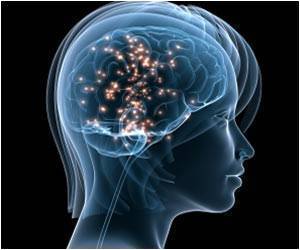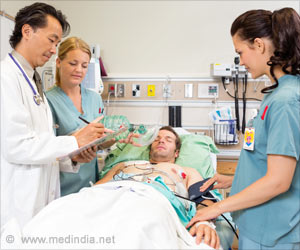Sensors that measure in-home gait speed and stride length can predict likely falls, suggest researchers from the University of Missouri.

‘A non-wearable sensor system that can measure walking patterns in the home, including gait speed and stride length can predict the risk of falling among seniors within the following three weeks.’





"We have developed a non-wearable sensor system that can measure walking patterns in the home, including gait speed and stride length," said Marjorie Skubic, director of the MU Center for Eldercare and Rehabilitation Technology and professor of electrical and computer engineering. "Assessment of these functions through the use of sensor technology is improving coordinated health care for older adults" To predict falls, researchers used data collected from sensor systems at TigerPlace, an innovative aging-in-place retirement residence, located in Columbia, Mo. The system generated images and an alert email for nurses indicating when irregular motion was detected. This information could be used to assist nurses in assessing functional decline, providing treatment and preventing falls.
"Aging should not mean that an adult suddenly loses his or her independence," said Marilyn Rantz, Curators' Professor Emerita of Nursing. "However, for many older adults the risk of falling impacts how long seniors can remain independent. Being able to predict that a person is at risk of falling will allow caretakers to intervene with the necessary care to help seniors remain independent as long as possible."
Results from an analysis of the sensor system data found that a gait speed decline of five centimeters per second was associated with an 86.3% probability of falling within the following three weeks. Researchers also found that shortened stride length was associated with a 50.6% probability of falling within the next three weeks.
Additional research led by Rantz and Skubic recently received an award from Mather LifeWays ® Institute on Aging. Their research has found that by integrating care coordination and sensor technology at TigerPlace, residents are able to live independently on average of four years compared to the national average of 22 months.
Advertisement
Source-Eurekalert









